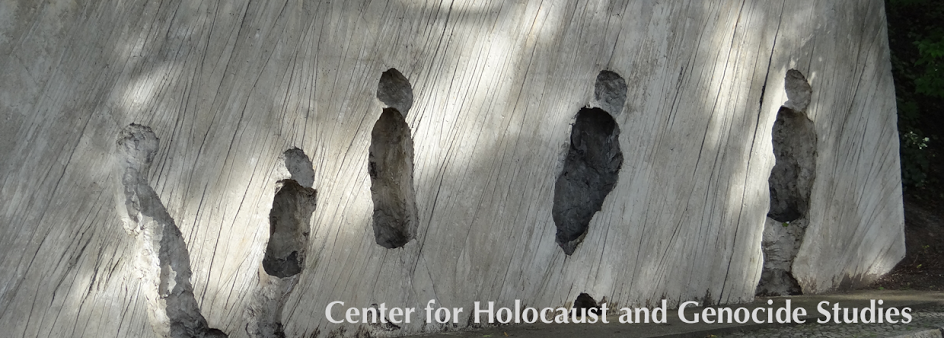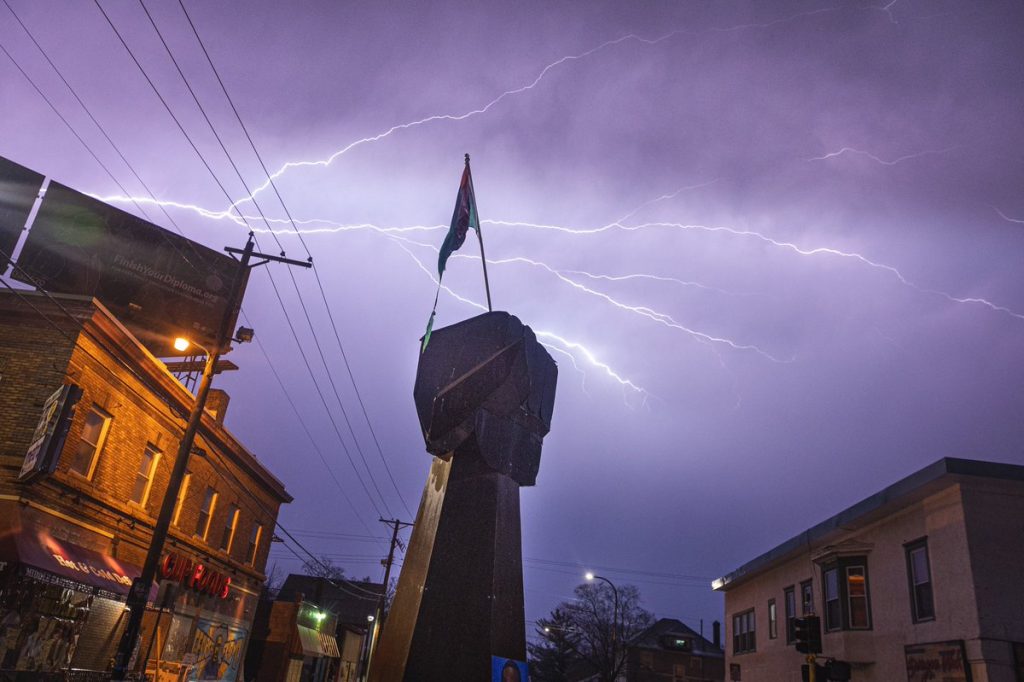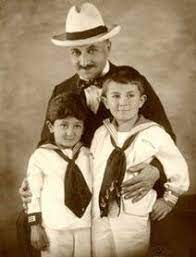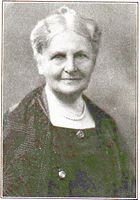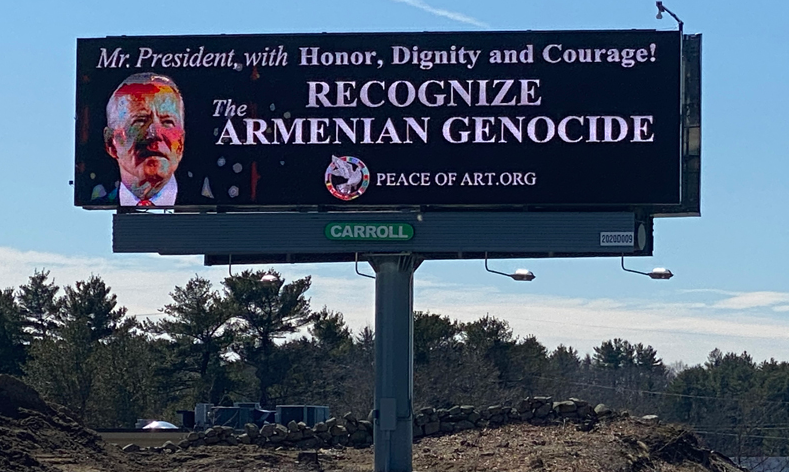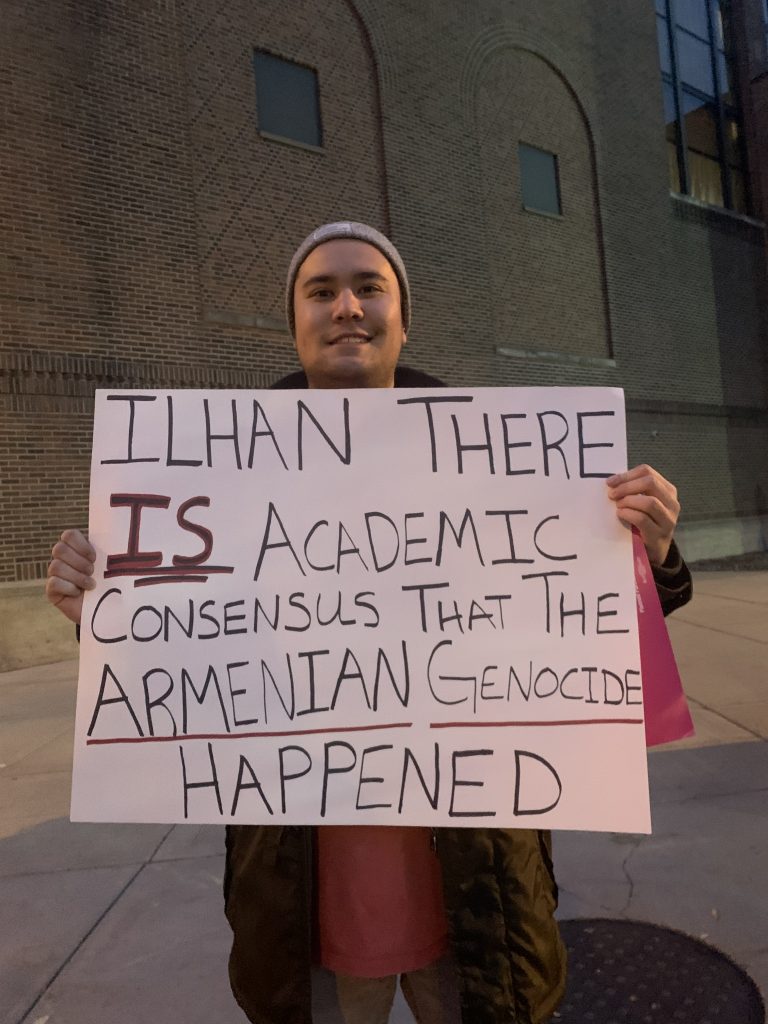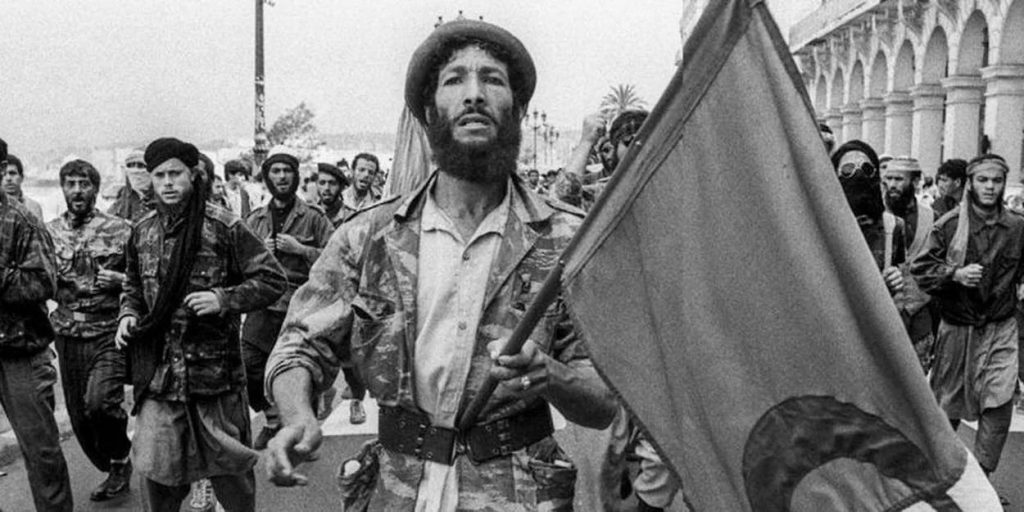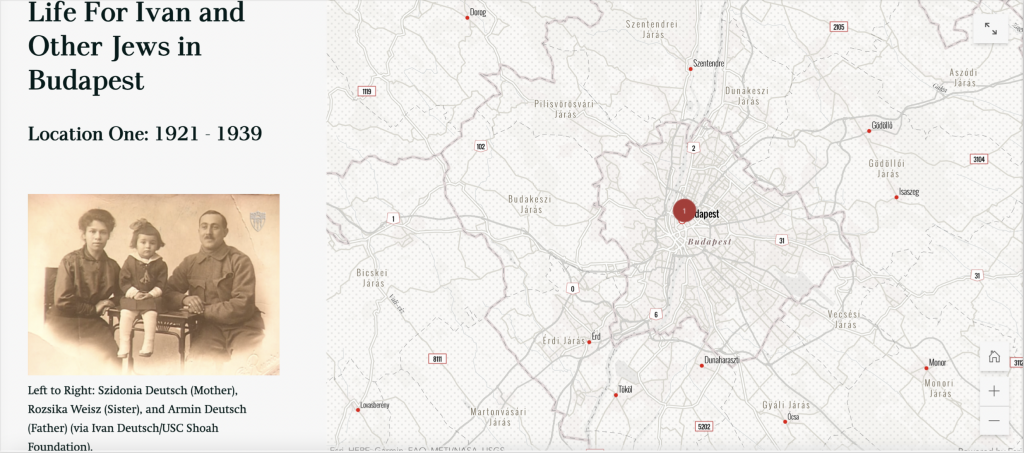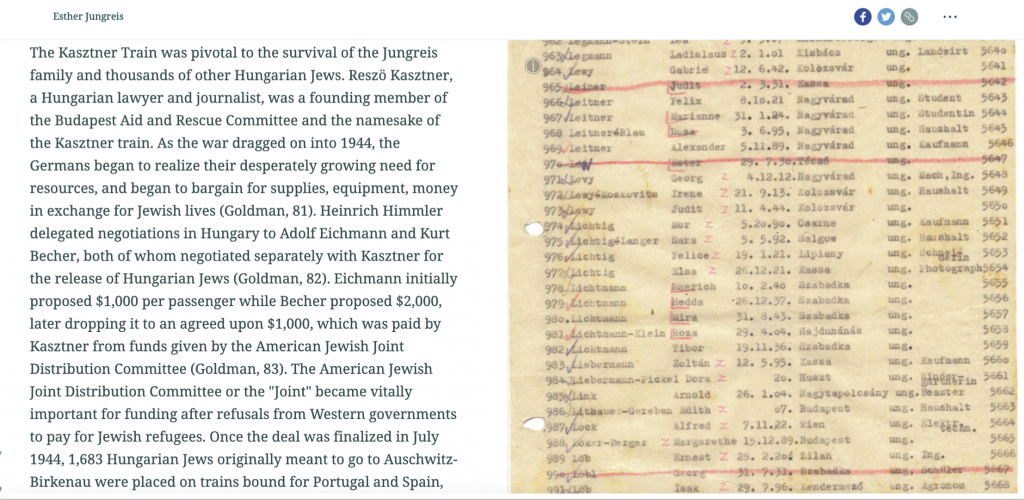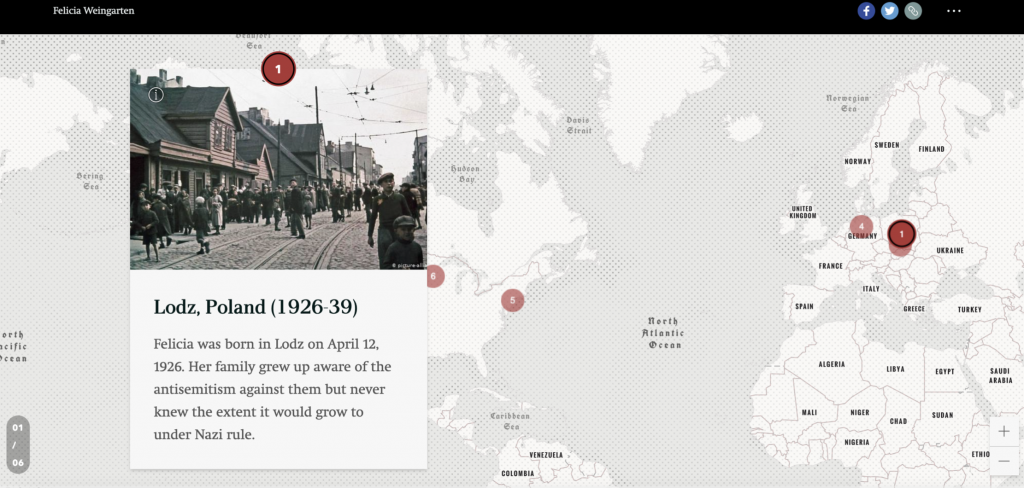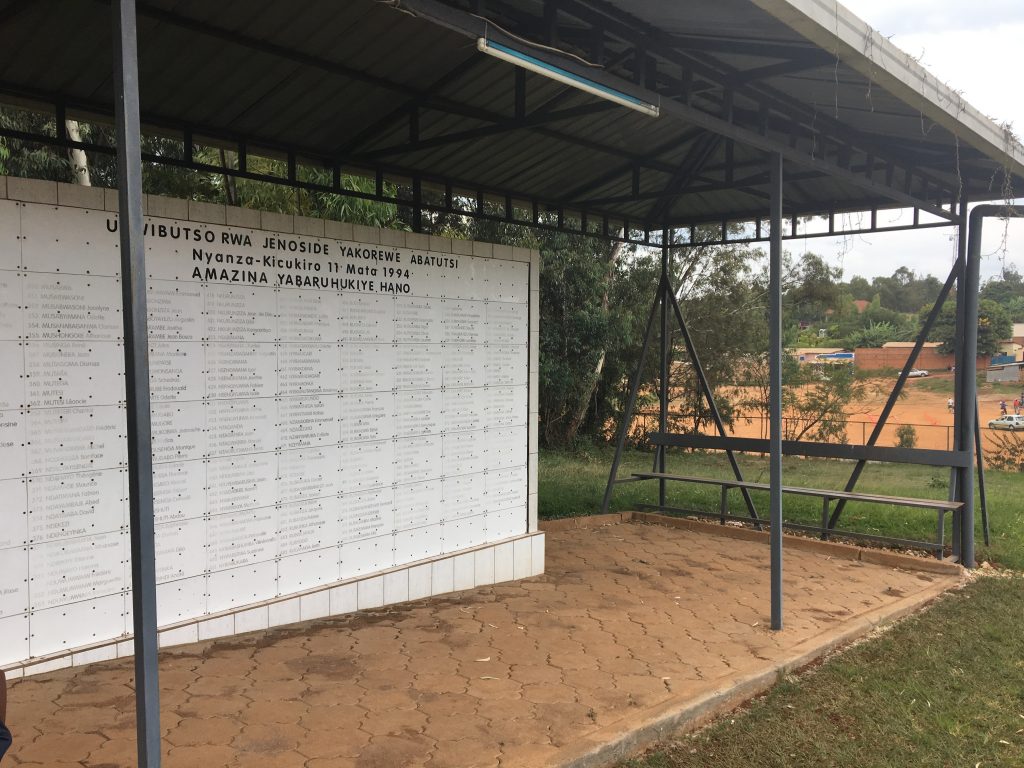When Joe Biden recently redecorated the Oval Office with paintings he had a lot to choose from: 45 presidents, a collection of founding fathers and countless political figures that have accumulated during 245 years of United States history. There are, of course, some questionable characters among them due to events like the Civil War, Watergate and the last administration. But the number of individuals with clearance to stare down from White House walls is still astonishingly high.
Not too long ago and as an unpleasant surprise to many, particularly within the Native American community, Andrew Jackson was seen hanging in the Oval Office again, trying to make the point that he was still salonfähig. This is one of those German words that give Merriam Webster a headache.
“Socially acceptable” is the official translation, but it really means “can be brought to a highbrow cocktail party of notables such as literary figures, artists or statesmen without ruining everyone’s evening.” Well, Biden didn’t want Jackson to ruin any of his parties, so he got rid of his portrait and put up one of Franklin Delano Roosevelt. Although FDR’s legacy regarding the Holocaust remains controversial, he is still one of the most revered US Presidents with undiminished Salonfähigkeit.
Germany’s equivalent to the White House and Oval Office is the Chancellery in Berlin with the office that since 2005 has been occupied by Angela Merkel. As a scientist by training Merkel is dispassionate about many things including the arts. When she entered office, she played it safe — as she typically does — and put up a portrait of Konrad Adenauer, West Germany’s first chancellor after WWII. A stuffy conservative and at his time often criticized for mixing religion and politics, he is today the unchallenged father figure of the Federal German Republic just as George Washington is for the United States.
To her excuse, Angela Merkel had a more limited number of predecessor portraits to choose from than Joe Biden. This is due to the lack of term limits in the Basic Law and, consequently, several semi-eternal chancellorships between 1949 and today (including her own). Also, finding someone salonfähig before 1949 gets tricky in German history.
The First Reich lasted one thousand years and had many emperors but no chancellors. The Second Reich had fewer emperors and more chancellors — Bismarck being one of them — but none with any democratic credentials. And the Third Reich’s only chancellor promised one thousand years of Paradise that turned out to be twelve years of hell and Holocaust. The only other period in German history outside the Federal Republic that gets occasionally mined for portraits of ex-chancellors is the short-lived, interwar Weimar Republic. Out of that group the award for remaining most salonfähig today regularly goes to Gustav Stresemann who was chancellor for only three months but won the Nobel Peace Prize for his achievements as foreign minister in the 1920s.
So, picking Adenauer’s portrait was OK although certainly the least bold and most boring choice. For someone like Angela Merkel who came of age in East Germany in the early seventies, chancellor Willy Brandt and his Ostpolitik must have been more inspiring than Adenauer’s pontificating about godless communists from two decades earlier.
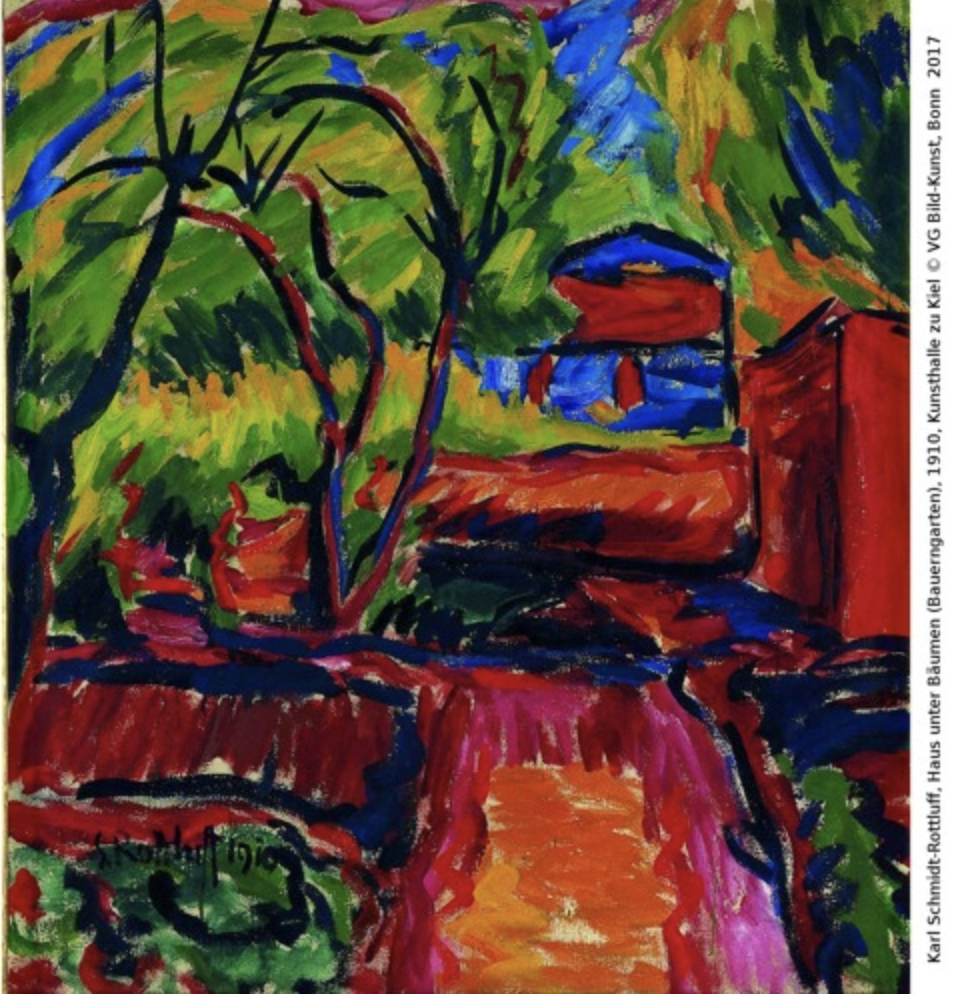
Another wall in Merkel’s Oval Office remains blank for now. It was actually reserved for a painting by famous German expressionist Karl Schmidt-Rottluff. Schmidt-Rottluff, however, was recently reported to have parroted the anti-Semitic war propaganda of the Kaiser’s government in his letters towards the end of WWI. Which is what many, if not the majority of Germans did at that time, including Walter Gropius, founder of the Bauhaus school and, after emigrating to the US, leading architect of the International Style.
Clearly no excuse, but it is noteworthy that in contrast to fellow expressionist and Hitler enthusiast Emil Nolde, Schmidt-Rottluff distanced himself from the Nazis and later worked with and befriended Jewish colleagues in the art scene. It would have been nice if the German chancellor had at least made an effort to contextualize and differentiate instead of simply leaving the wall blank and avoiding any discussion. I don’t think that this is how Vergangenheitsbewältigung or working through the past should be done, not even by a dispassionate physicist who, ironically, never skips the annual Richard Wagner Music Festival in Bayreuth.
Is Karl Schmidt-Rottluff still salonfähig? Well, if Franklin Delano Roosevelt is, then Karl Schmidt-Rottluff should at least be given a hearing.
Henning Schroeder is a former vice provost and dean of graduate education at the University of Minnesota and currently teaches in the Department of German, Nordic, Slavic & Dutch. His email address is schro601@umn.edu and his Twitter handle is @HenningSchroed1.
